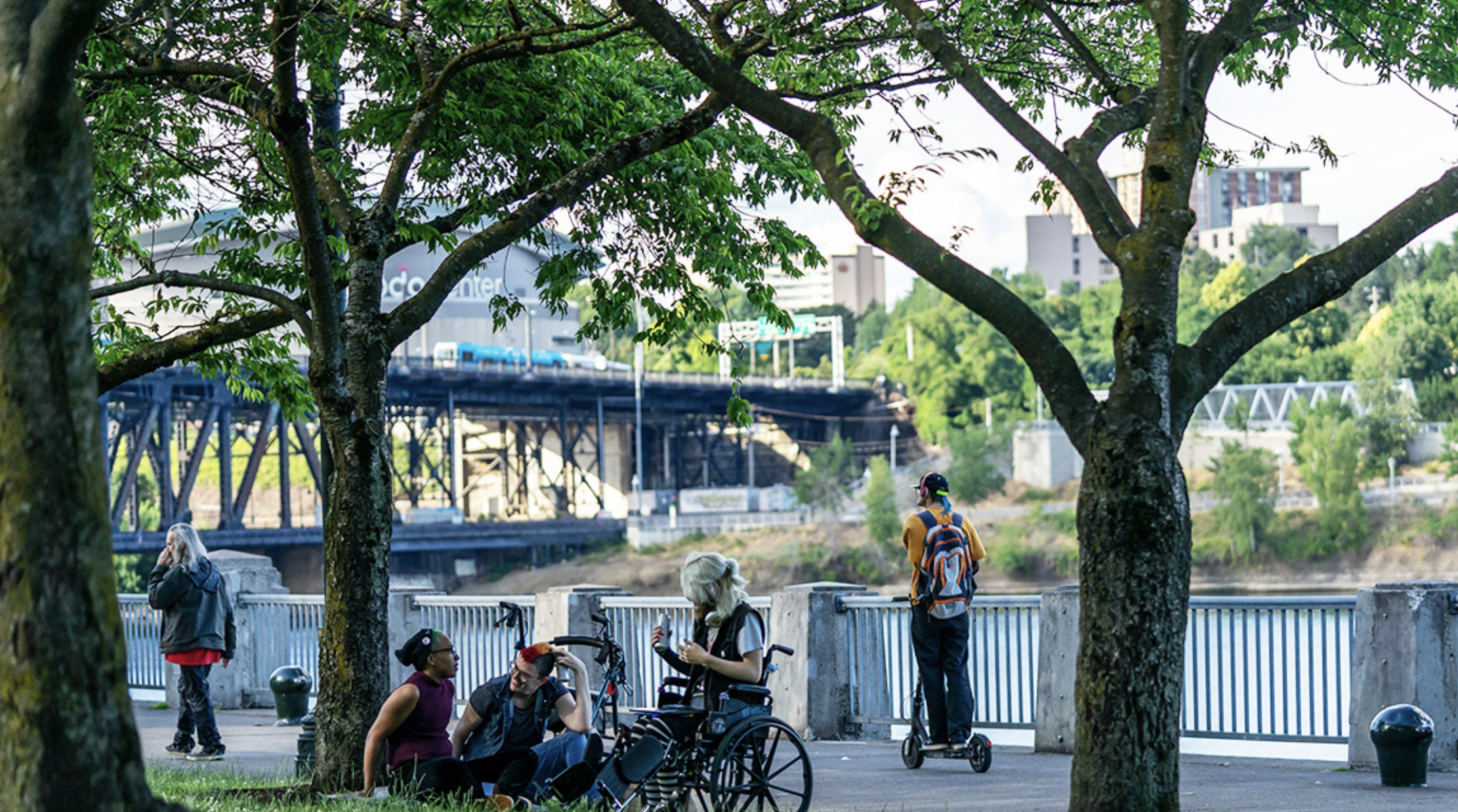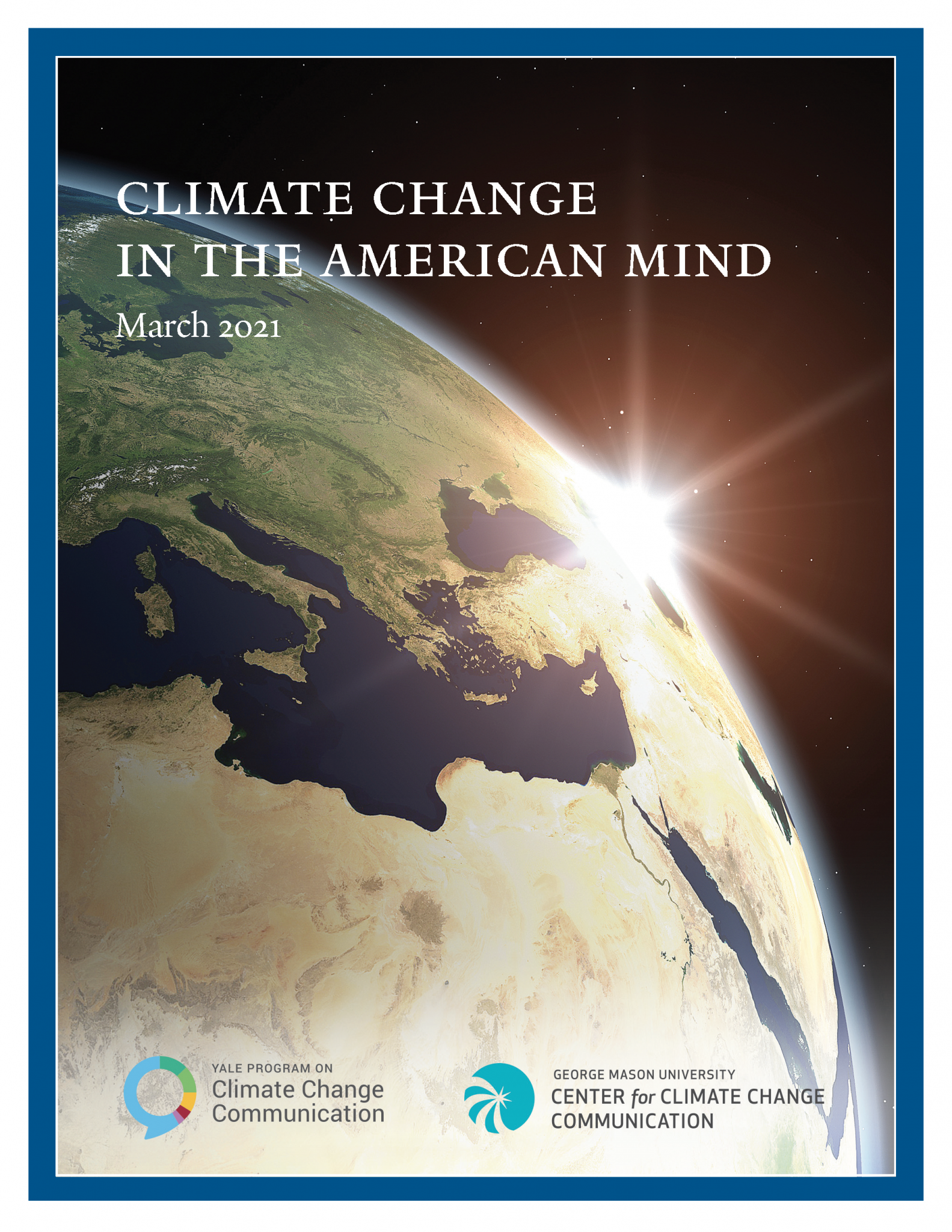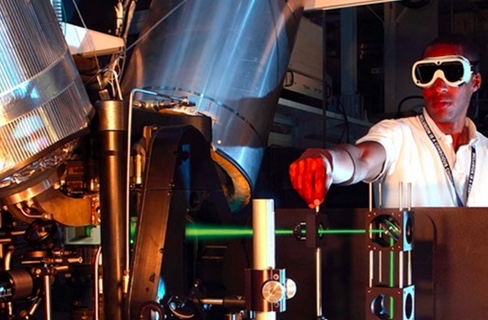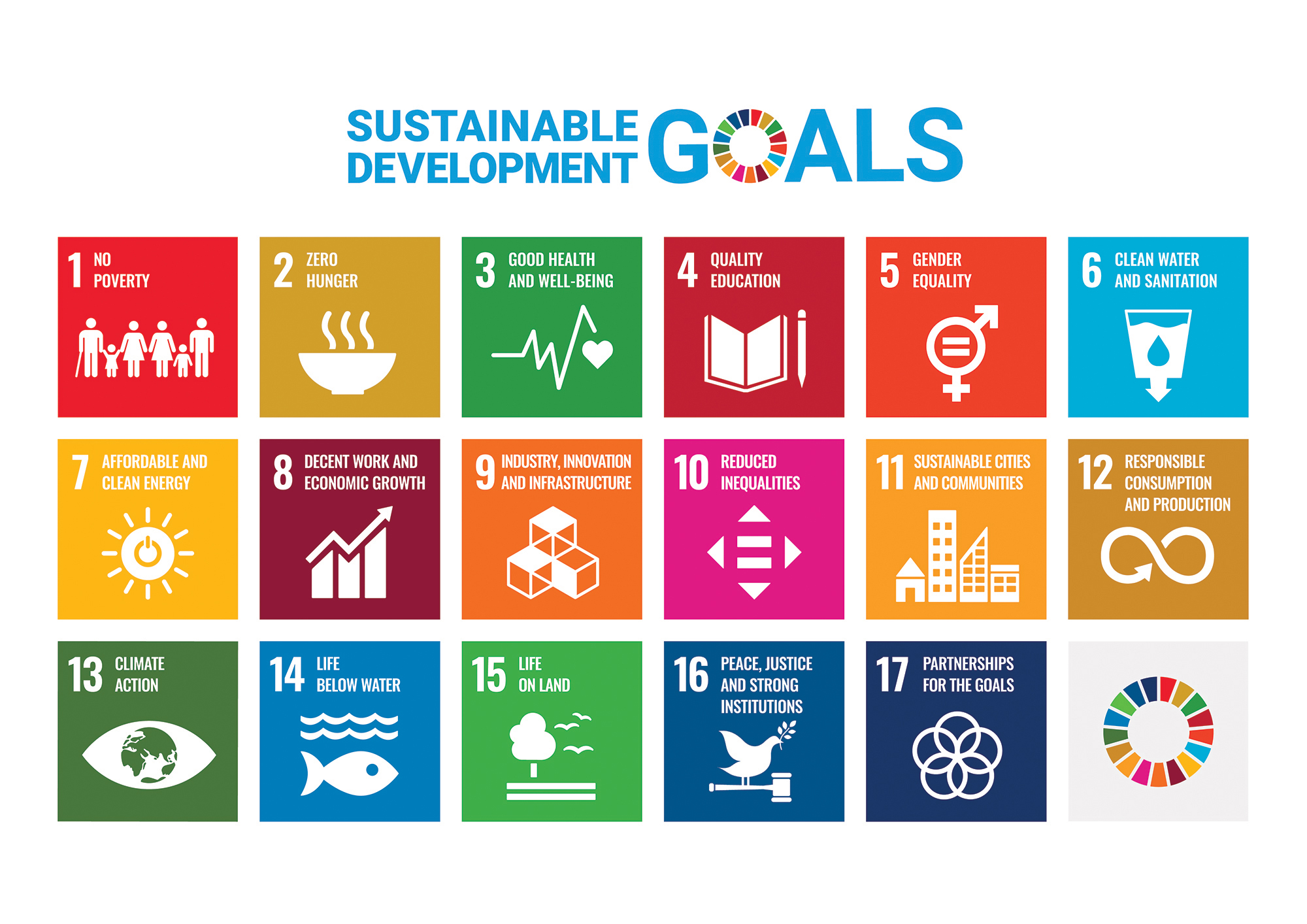aps
News and Notes
people : workplace : community
Why Urban Canopies are Growing
Leaders in many communities now consider trees to be critical infrastructure, providing shade, absorbing stormwater runoff, and filtering air pollution. The focus on urban forests has coincided with a growing recognition that low-income neighborhoods and communities of color often have far less tree cover — and suffer increased vulnerability to extreme heat as a result.
When Congress included $1.5 billion for urban forestry in the Inflation Reduction Act last year, the investment came after intensive lobbying from a group of six cities, known collectively as the Vanguard Cities Initiative, whose leaders made the case to federal policymakers that tree canopy could help mitigate climate change’s effects.
Climate Change in the American Mind
According to the Yale Program on Climate Communication, “drawing on a nationally representative survey (n = 1,037), this report describes Americans’ beliefs and attitudes about global warming. The survey was fielded from March 18 – 29, 2021. This report builds on two previous reports based on data from this same survey that focused on public support for U.S. domestic climate policy and public support for international climate action.”
Among the key findings of this report:
- Americans who think global warming is happening outnumber those who think it is not happening by a ratio of more than 4 to 1 (70% versus 15%).
- Those who are “very” or “extremely” sure global warming is happening outnumber those who are “very” or “extremely” sure it is not by more than 5 to 1 (50% versus 9%).
- More than half of Americans (57%) understand that global warming is mostly human-caused. Three in ten (30%) think it is due mostly to natural changes in the environment.
DOE Announces $72 Million For Small Business Research and Development
The U.S. Department of Energy (DOE) today announced $72 million in funding for small businesses to pursue scientific, clean energy, and climate research, development, and demonstration projects. The funding will support 296 projects across 44 states and addresses multiple topic areas, such as renewable energy, nuclear energy, cybersecurity, advanced materials and manufacturing, microelectronics, and artificial intelligence. DOE’s Small Business Innovation Research (SBIR) and Small Business Technology Transfer (STTR) awards aim to transform science and technology breakthroughs into viable products and services that can be utilized by the American people and across all sectors of the nation’s economy.
Global Adoption of WELL in Sustainable Finance
In light of the staggering increase in the volume of Sustainability-Linked Loans (SLLs) and the rapid evolution in the incorporation of ESG principles into deal documentation, the Loan Market Association (LMA), Asia Pacific Loan Market Association (APLMA), and Loan Syndications & Trading Association (LSTA) updated the Sustainability- Linked Loan Principles in May 2022 to reflect emerging market trends, which also aligns with ICMA’s Sustainability Linked Bond Principles.
The Green Bond Principles (GBP), the Social Bond Principles (SBP), the Sustainability Bond Guidelines (SBG) and the Sustainability-Linked Bond Principles (SLBP) have become the leading framework globally for the issuance of sustainable bonds.
Storm Water Intervention
NORA (New Orleans Redevelopment Authority) has converted ten (10) vacant lots across the city into stormwater management lots which divert and detain stormwater during rain events to diminish the strain on the pumping system and prevent street flooding. Collectively, the sites detain up to 209,960 gallons of stormwater every time it rains.
Green infrastructure addresses torrential rains that overwork the pumps. Important to understand how the water flows and moves through a site.
Greenhouse Reduction Fund
The Inflation Reduction Act authorized EPA to implement the Greenhouse Gas Reduction Fund (GGRF), a historic $27 billion investment to mobilize financing and private capital to combat the climate crisis and ensure American economic competitiveness. The GGRF will deliver lower energy costs and economic revitalization to communities, particularly those that have historically been left behind.
The fund was developed to deliver the benefits of reduced GHG emissions to American communities, particularly low-income and disadvantaged communities.
New Ventilation Standards
Recently, both the CDC and ASHRAE (American Society of Heating, Refrigerating and Air-Conditioning Engineers) released new health-based ventilation targets following decades of work. According to Joseph Allen, Associate Professor at Harvard and Director of Harvard Healthy Buildings Program, “this is a massive step forward toward advancing the healthy buildings era for all.”
According to the CDC, “Building owners and operators can take steps to improve ventilation and help prevent respiratory illnesses from spreading in indoor spaces.”







